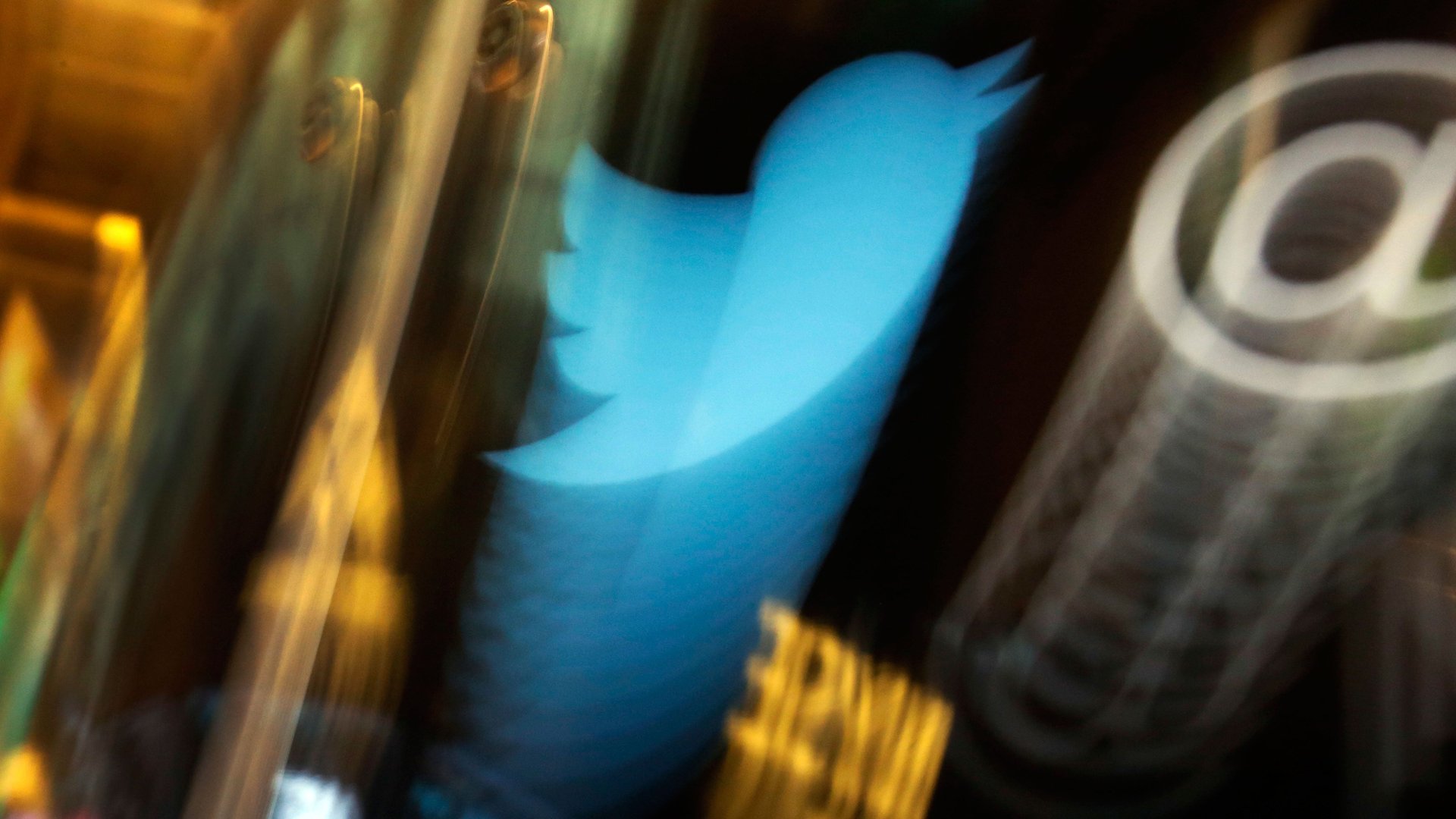Twitter’s attempt to simplify its service is confusing even its power users
Today (May 24), Twitter announced a number of sweeping changes that rethink its 140-character limit. For the social network, which has struggled to attract new users, it’s an attempt to simplify the service and encourage newbies to use it more.


Today (May 24), Twitter announced a number of sweeping changes that rethink its 140-character limit. For the social network, which has struggled to attract new users, it’s an attempt to simplify the service and encourage newbies to use it more.
But whether the changes actually make it simpler is up for debate. Take, for example, the New York Times and BuzzFeed, two news organizations that know their way around hash tags and handles. Even they weren’t able to digest the changes, as evidenced by their corrections this morning.
From the New York Times:
An earlier version of this article misstated the way Twitter user names will be counted under new rules. Tagged handles at the beginning of a reply will not count toward the 140-character limit; other mentions of a user name within a tweet will count. It is not the case that no Twitter handles will count toward the character limit.
From BuzzFeed:
A previous version of this article stated links won’t count towards the 140 character limit, but only media links will not count. The article also stated that @names don’t count toward the character count, but that’s only in the @reply context.
Jeez, technical much? It’s apparent that there are lots of new rules to learn.
To get you started, here’s a summary of the changes, which will take effect in the coming months:
Replies: @handles at the beginning of messages won’t count toward the 140-character limit, but they will count if mentioned in the middle or end of a tweet.
.@ replies: Furthermore, users will no longer have to add a character at the beginning of a tweet so that a reply is seen by a person’s followers. Twitter will soon include all replies in followers’ timelines. The social network used to hide these responses to avoid cluttering users’ timelines.
Media attachments: Photos, GIFs, videos, polls, and quoted tweets won’t count toward the 140 characters. Links, however, will count toward the limit, contrary to a report from Bloomberg last week.
Retweet yourself: Since tweets can easily get lost, Twitter will let users retweet or quote themselves to resurface their tweets at a later time.
Simple, right?
Does this chart make it any easier?
Mainstream, here Twitter comes.